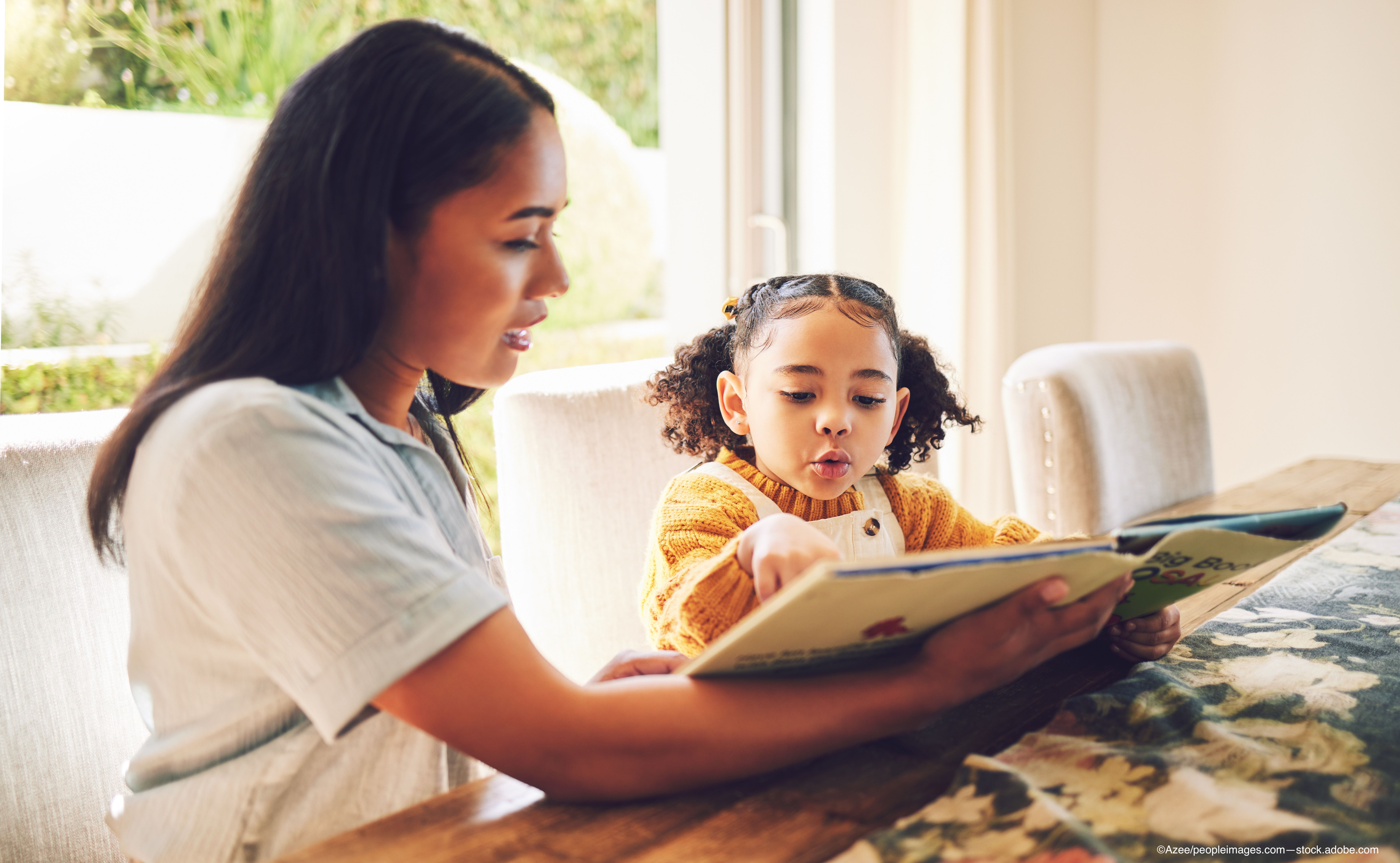Parental perspectives on myopia unveiled by The Vision Council
A research report compiled by The Vision Council reveals that most parents are aware of myopia but remain in the dark about prevalence and how to prevent progression.
(Image credit: Adobe Stock / Azee/peopleimages.com)

The Vision Council published a new report highlighting their research on parents’ awareness and experiences with myopia in children. The research report, which is titled “Focused inSights 2023: Parental Perspectives on Myopia,” reveals that many parents misunderstand or underestimate the threat of myopia. This gives eye care providers an opportunity to correct the course of parental education in 2024.1
“It is crucial for eye care providers to proactively educate parents about preventing childhood myopia,” Alysse Henkel, senior director of market research and analytics at The Vision Council, said in a press release. “Spending time outdoors and limiting screen time are well-researched strategies for preventing myopia in children, but it needs to happen before a child becomes myopic, so early awareness is important. Providing more accessible information on childhood myopia and encouraging parents to monitor their children’s vision issues more closely will be key for the prevention, detection, and treatment of myopia in future generations.”
Myopia is recognized as a significant public health concern by the World Health Organization, yet the inSights report reveals the majority of parents do not realize the severity of the issue. One in 3 parents have a general sense of what myopia is, and only 2 in 5 parents report a full grasp on the concept and its risks. Three out of 4 parents that report awareness share that they have not seen, read, or heard something about the myopia epidemic recently (the report did not specify the time constraints of “recently”).1
The research report is based upon a survey, which was conducted by Morning Consult on behalf of The Vision Council, between November 2-11, 2023. 2,209 parents with children 5-16 years old were surveyed, and the interviews were conducted online. From the outset, a quota was set to collect at least n = 500 parents with one or more children diagnosed with myopia; at the conclusion of the survey, a total of n = 665 responses were collected.1
The data were weighted to approximate a target sample: Adjustments were made based on gender, age, race/ethnicity, education level, region, and gender by age and education level. The full survey results have a margin of error of +/- 2 percentage points.1
Three out of 10 respondents shared that they have a child who has been diagnosed with myopia. It may be surprising then to learn that regarding the risk factors of myopia, only 13% of parents listed lack of outdoor time as a contributor to myopia onset, and 57% recognized the role of screen time and genetics. Even still, only 37% of parents knew that vision loss is a complication associated with myopia.1
Out of the respondents who have children diagnosed with myopia, 3 in 5 parents shared that their eye care provider suggested a treatment plan, 42% of which included bifocal/progressive glasses to manage the condition. Most of the surveyed parents feel the treatment plan created by their child’s eye care provider has been effective (83%) and easy to follow (87%).1
The full research report and a 1-page summary are available in The Vision Council’s Research Download Center, and both are complimentary for members of The Vision Council. Non-members may download the report for a fee.1
References
The Vision Council unveils focused inSights 2023: parental perspectives on myopia. Press release. Published December 12, 2023. Accessed December 12, 2023. https://thevisioncouncil.org/blog/vision-council-unveils-focused-insights-2023-parental-perspectives-myopia
Newsletter
Want more insights like this? Subscribe to Optometry Times and get clinical pearls and practice tips delivered straight to your inbox.